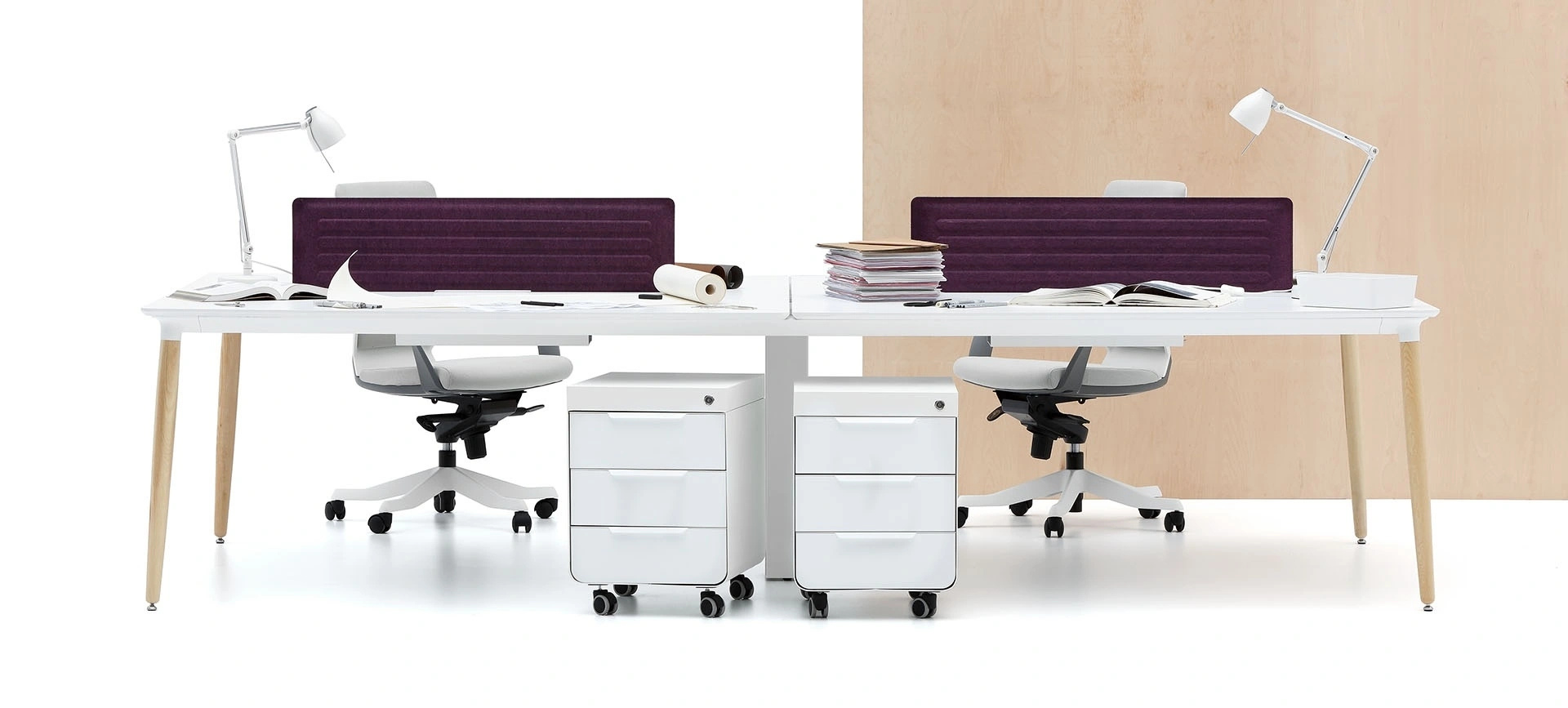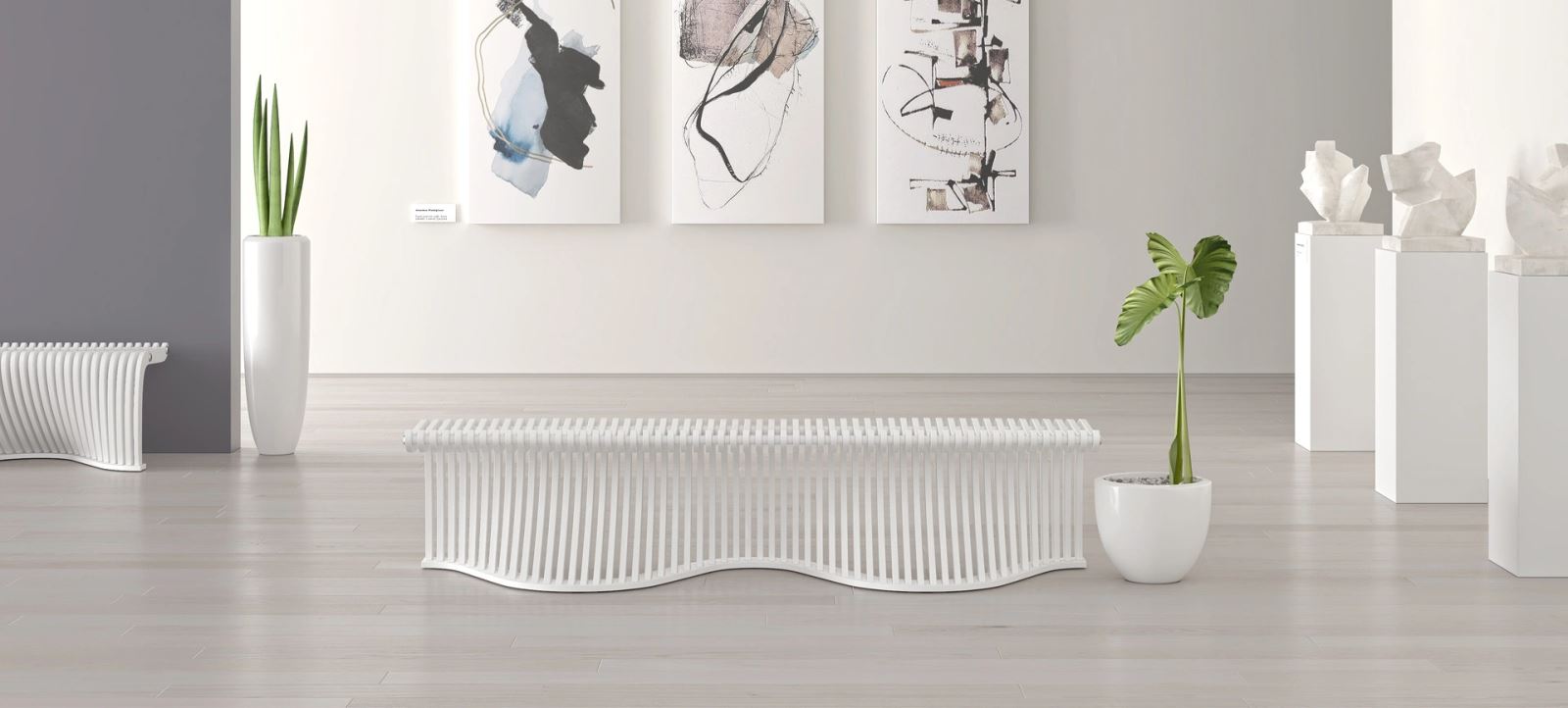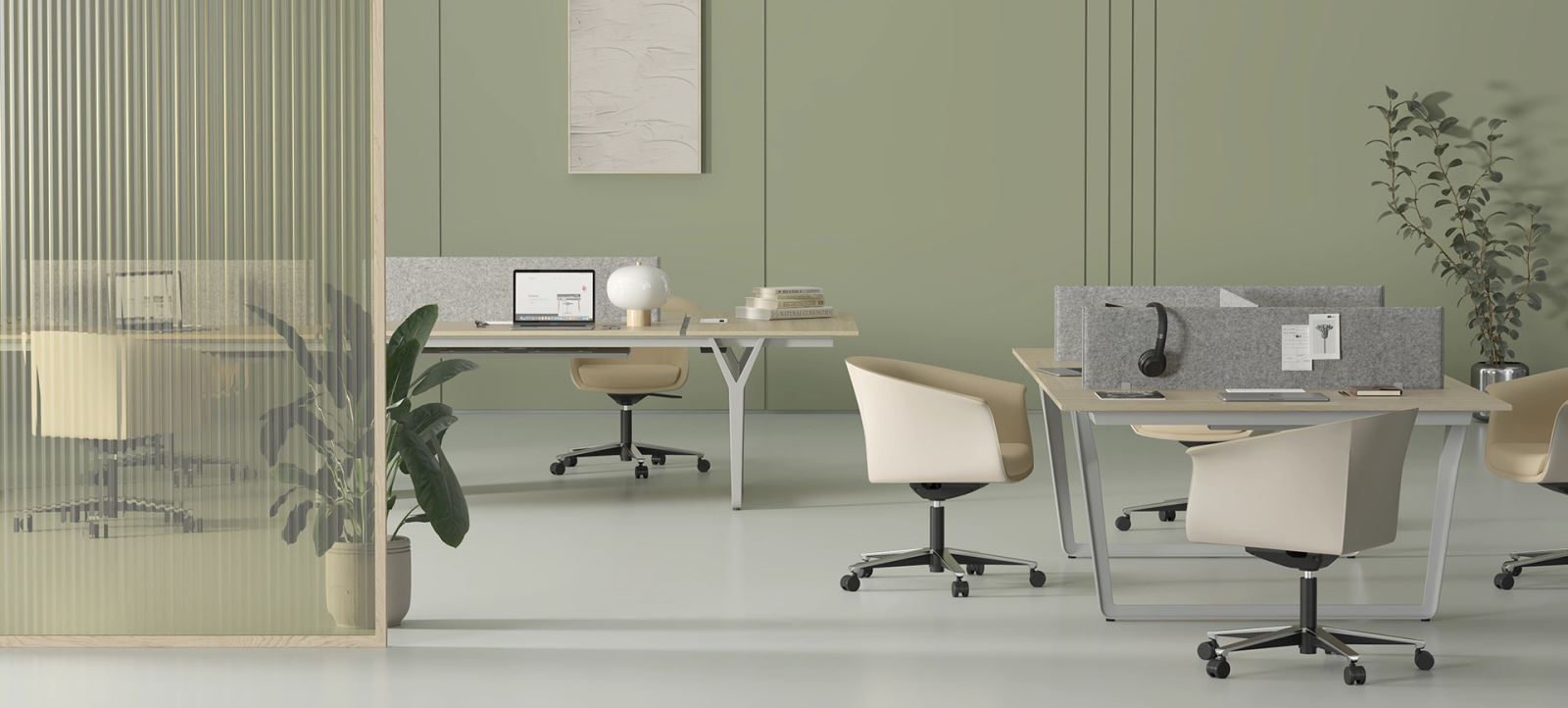
Smart Space Design: Balancing Aesthetics and Functionality
One of the greatest challenges in interior design is maintaining an attractive appearance while providing maximum functionality for users. Today, modern design aims not only to create visually appealing spaces but also to deliver solutions that make life easier, more efficient, and user-friendly.
Why Aesthetics and Functionality Must Coexist
The design of a space directly affects user experience. A visually pleasant environment has a calming psychological effect, while functionality ensures comfort and efficiency in daily use. The balance between these two elements forms the foundation of good design.
Space Management and Smart Solutions
Functional design maximizes every square meter of a space. Multipurpose furniture, modular systems, and smart storage solutions keep the area open and organized while improving usability. This approach is especially beneficial in small offices and homes.
The Role of Materials and Colors
The materials chosen to enhance aesthetics should also be durable and practical. Lightweight yet sturdy furniture, easy-to-clean surfaces, and a light color palette make a space both stylish and functional.
Design Supported by Technology
Smart home systems, ergonomic office furniture, and energy-efficient lighting strengthen the functional side of modern design. These solutions not only improve usability but also bring a contemporary aesthetic to the space.
In conclusion, smart space design offers functional solutions without compromising on aesthetics. A well-planned space appeals to the eye while making life easier. Combining beauty and usability seamlessly has become an essential goal of modern interior design.
